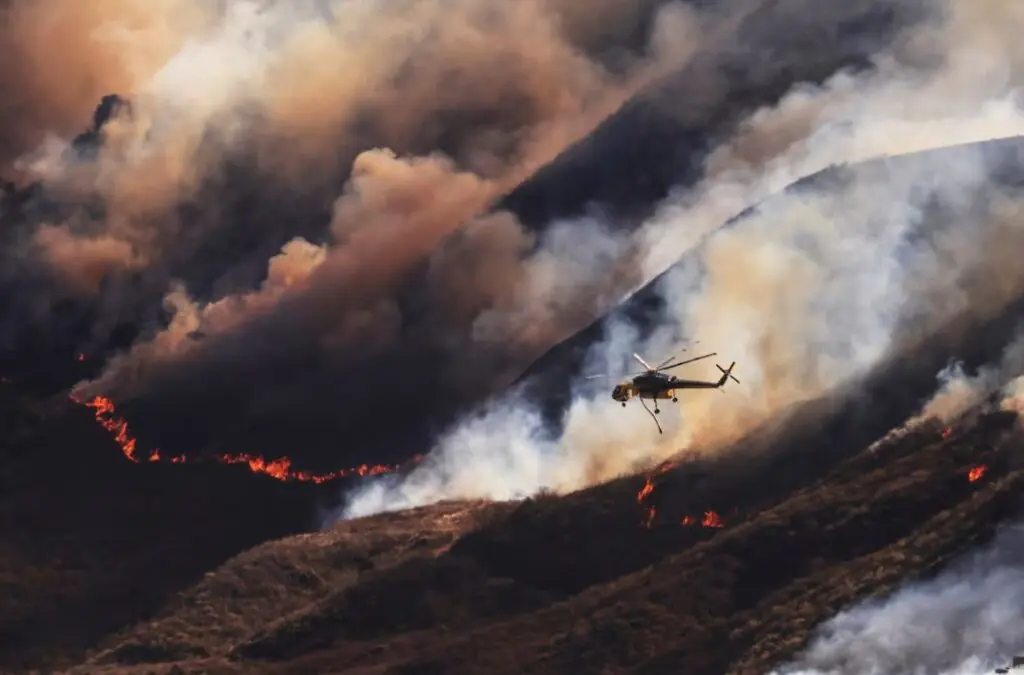SANTA PAULA, California — Officials urged over 10,000 people to evacuate towns northwest of Los Angeles as fierce seasonal winds pushed a wildfire down tinder-dry slopes, destroying ranches and homes.
Firefighters and police evacuated families from Camarillo neighborhoods before houses were set on fire by embers blown two miles (3.2 kilometers) from the fire front, Ventura County Fire Department Captain Tony McHale said by phone from the scene.
“It’s like trying to put out a blowtorch with a squirt gun,” McHale said of the fire, which started in a hillside canyon on Wednesday and spread westward, fueled by Santa Ana winds.
The fire, which was fueled by lush grass and scrub and with wind gusts of up to 80 mph (130 kph), has scorched over 14,500 acres (5,900 hectares), according to authorities.

According to climate experts, rising temperatures have resulted in wet winters, which allowed California’s coastal chaparral — small trees, shrubs, and bushes — to grow. This summer’s record-high temperatures have turned slopes into unlit bonfires.
Several citizens suffered injuries and numerous homes, businesses, and other structures were destroyed, according to McHale, who added that entering the vicinity to assess damage proved to be dangerous.
California Governor Gavin Newsom stated that the fire threatened 3,500 structures.
According to Ventura County’s Office of Education, schools will be closed through Friday as a result of the flames.
The fire grew in magnitude on Wednesday after high winds collided with extremely dry air.
According to the Los Angeles Times, Southern California Edison started to cut off power to customers in regions where its equipment was thought to be in high danger of causing a wildfire.
According to National Interagency Fire Center data, the United States is having a good wildfire year, with 8.1 million acres burned to date, compared to a 10-year normal of roughly seven million acres.
As shown by Cal Fire data, wildfires in California have burned more than three times as much land this year than they did last year at this time when the state’s fire season was less severe.
